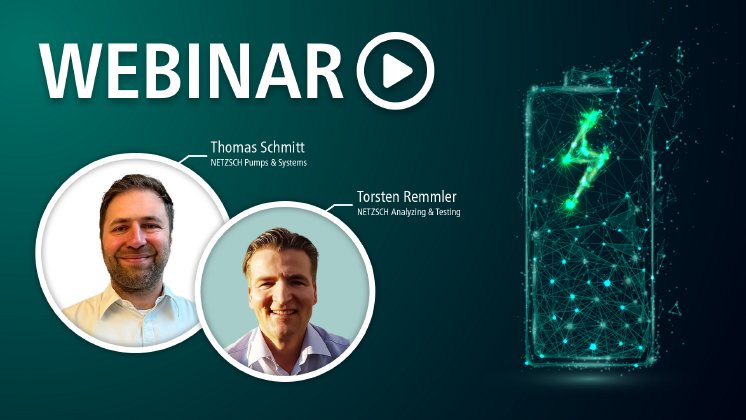Register now:
November 15, 2022, 9:00 AM - 9:45 AM (CET)
November 15, 2022, 5:00 PM - 5:45 PM (CET)
The global demand for high-performance batteries is higher than ever before. Particularly in the area of electromobility, but also in the generation of electricity from renewable energy sources, demand has risen highly in recent years. This makes it all the more important to keep optimising production and improving quality. In battery production, the highest precision is decisive for product quality. This is also the case when applying battery slurry to the carrier film of the battery cells. The layer to be applied lies within a minimal tolerance range and must be metered very precisely and continuously. For a perfect result, the pump's shear rate distribution and the medium's shear rate profile must first be analysed separately according to the current state of the art. Then the speed of the pump can be optimally adjusted. What if you could combine both process steps? The shear rate profile is determined in real-time, and the pump is directly adapted to the corresponding parameters so that you achieve constant dosing without deviation. And that's not all. The more significant advantage of the NETZSCH system lies in the continuous viscosity measurement of the battery sludge. According to the current state of the art, this is only possible on a spot-check basis. Rejects and correspondingly high costs can accordingly only be partially counteracted. With inline rheo measurement from NETZSCH, the measurement takes place in real-time so that outcasts are almost entirely avoided, the quality is significantly increased, and the costs are reduced.
Thomas Schmitt and Torsten Remmler show you in the webinar what the future looks like in battery production and how you can benefit from it.

